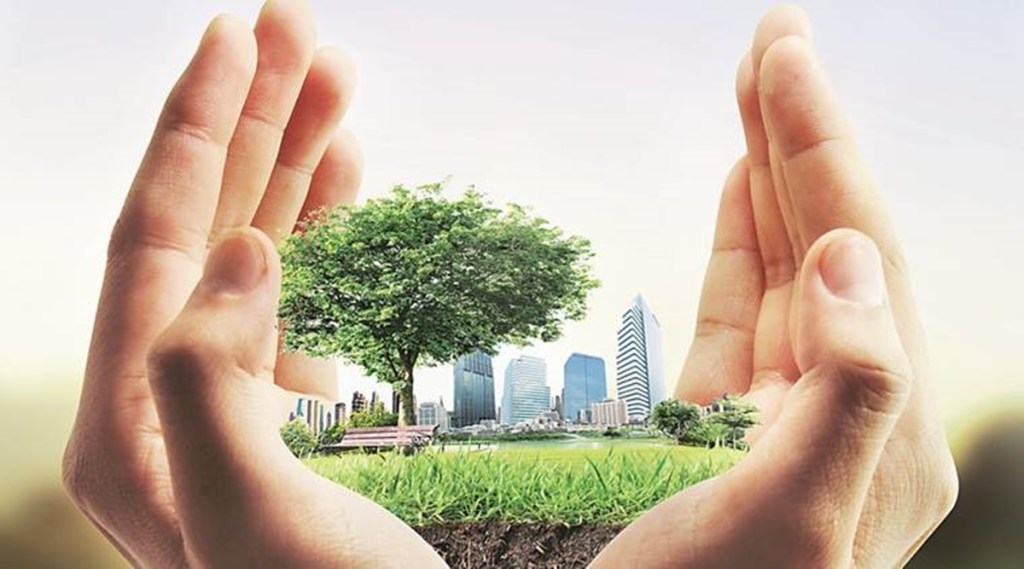After facing muted demand, Indian real estate is once on an upswing, mirroring a very optimistic picture. As per a report by JLL, residential real estate sales in major markets in India amounted to ~ 128,000 units in 2021, reaching 90% of the pre-Covid levels in 2019. The research has further revealed that in Q4, (CY 21), the total residential sales reached 46,750 units, jumping by 114% on a yearly basis.
Real estate on a strong footing is not just good news for the industry but also for the smooth functioning of the overall economy. After all, Indian realty constitutes ~ 8% of the GDP, and close to 250 ancillary industries are linked with the sector. Next to agriculture, it is one of the largest employment creators in India.
While euphoria around a recovering real estate sector is justified, it also necessitates the need to realize whether the current criteria for assessing the market is sufficient. Standardized specifications such as volume of transactions, quarterly growth, occupancy level, ticket size, etc. are rational and insightful. However, other parameters such as sustainability, eco-friendliness, lowering of CO2 emission, energy conservation, water management, etc. can’t take a backseat.
Need for a Comprehensive Roadmap
Just like global trends, real estate is the biggest contributor to greenhouse emissions and energy consumption in India. About 40% of the energy consumption is caused by the real estate sector.
Hence there is a pressing need to cohesively adopt greener practices throughout the project lifecycle to cut down on carbon footprint. From design to development to operation & maintenance, going green is the need of the hour.
It has been shown that buildings certified by Indian Green Building Council can save up to 50% of energy and 30% of water. If such a practice becomes mainstream, it can usher us into an era of sustainable development and habitable living. Not only it will save energy and water resources but will also entail a positive impact on the overall health of individuals and society.
Moreover, in India, around 60% of the infrastructure is yet to be completed. This further makes it conducive to embark on the journey and play an integral role in the global carbon footprint reduction strategy.
However, this will require a detailed time-bound roadmap backed by sustained and coordinated efforts from all the key stakeholders involved- governing agencies, policy think tanks, certification agencies, real estate developers, construction material manufacturers, and of course home buyers.
Similarly, research institutions need to come forward to conceptualize and develop better technologies and innovations without resulting in cost overruns. Likewise, financial institutions should make credit more affordable to green developers to drive growth in the category.
Underlying Economic Benefits
Going green is also backed by economic benefits in the longer run. The cost of construction is generally 10-15% higher in the case of green buildings. Nevertheless, it can be squared off through lower costs of utilities and electricity over 5-7 years.
Green building also improves overall efficiency. Office spaces that are equipped with ample daylight and proper ventilation can greatly give a positive flip to employee productivity.
The demand for green building is also picking up, which further makes the segment a lucrative category to venture into for developers. Amidst rising environmental awareness, many Indian households are now willing to pay the incremental cost in return for sustainable practices.
Green buildings are also aligned with the overall well-being and health of the family through improved air quality and lower use of hazardous materials. In a post-pandemic world, the health and well-being of the family are on top of everyone’s agenda.
(By Shubham Arora, Director, Sheerbulls India Pvt Ltd)

